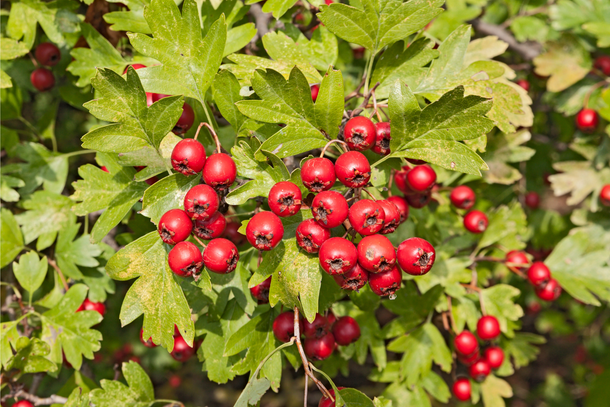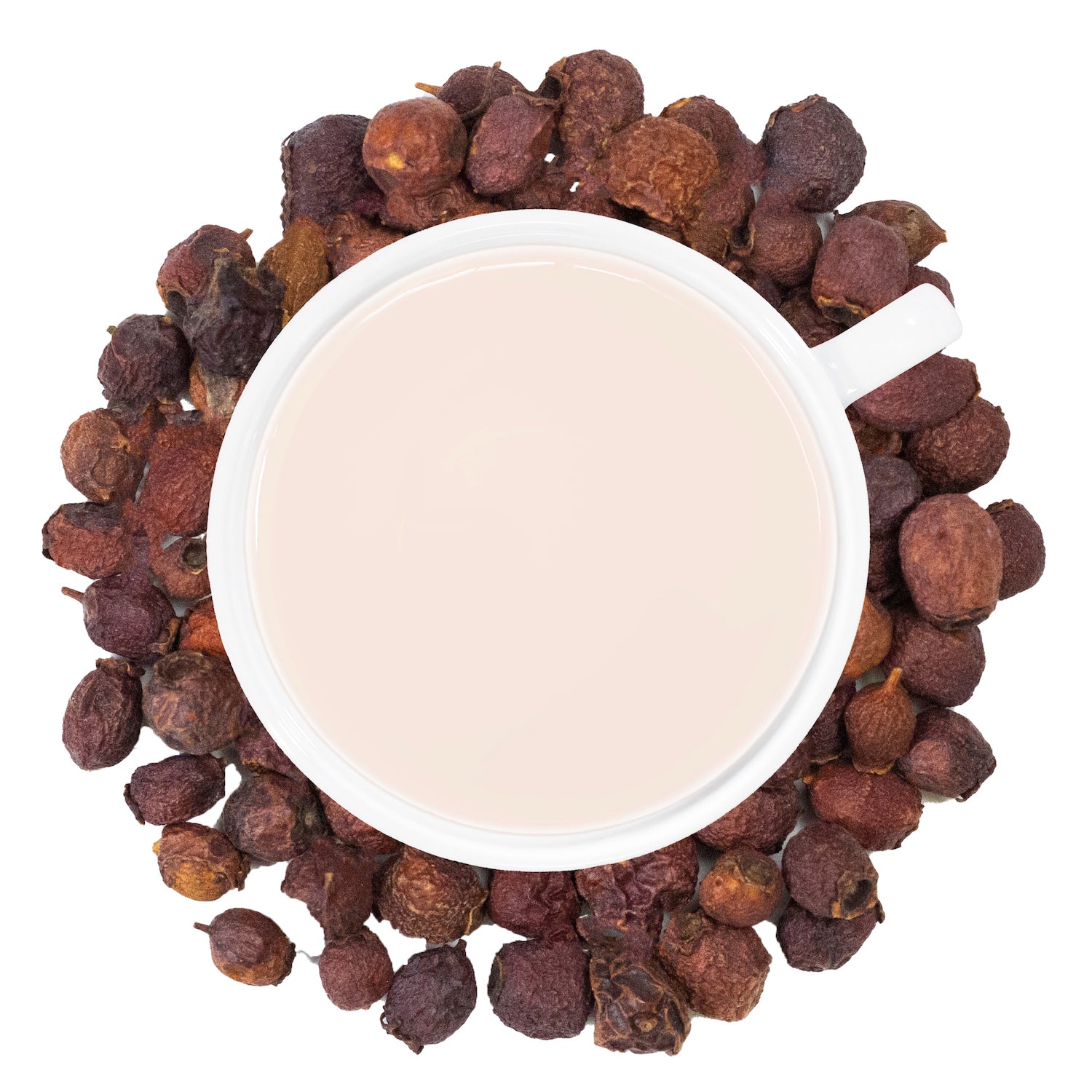What Are Hawthorn Berries?
Hawthorn Berry, scientifically known as Crataegus monogyna or Crataegus laevigata, is a plant whose leaves, berries, and flowers are used for medicinal purposes. Often found in Europe, North America, and Asia, Hawthorn is primarily recognized for its deep red berries and thorny bushes. These berries have a tart, slightly sweet taste and are commonly used in teas, jellies, and desserts. Traditionally, Hawthorn Berry has been an integral part of herbal medicine, prescribed for its cardiovascular benefits. It is said to improve circulation, control blood pressure, and manage cholesterol levels, making it a heart-healthy choice. Beyond its health implications, Hawthorn Berry plays a significant role in various cultural folklore and is often associated with spiritual healing and protection.
Hawthorn bushes are robust, with the plant capable of surviving harsh winters and less-than-ideal soil conditions, making it a resilient addition to any garden. In the wild, they are often seen lining forest edges and forming natural hedges in rural landscapes. Their flowers, which bloom in May, are white or pink and give off a subtle, pleasing scent that attracts bees and other pollinators, vital for the ecosystem.


















